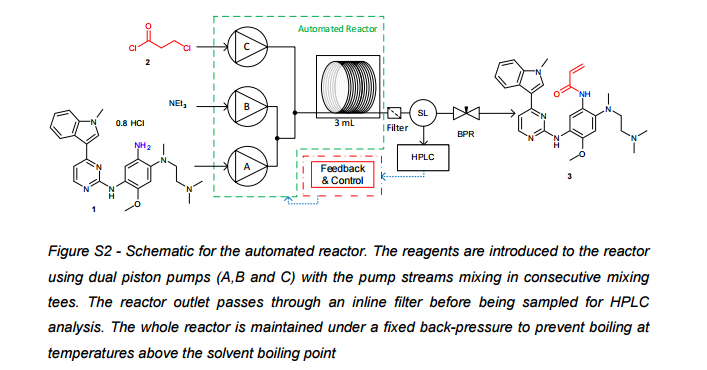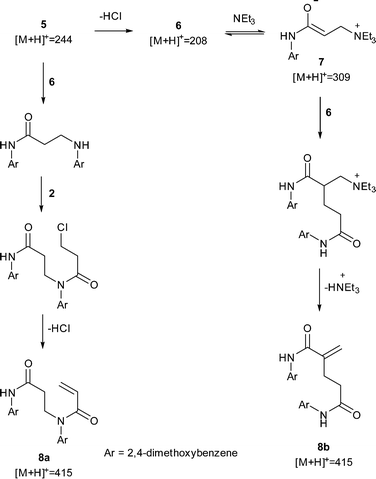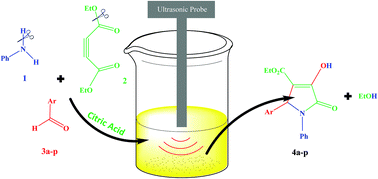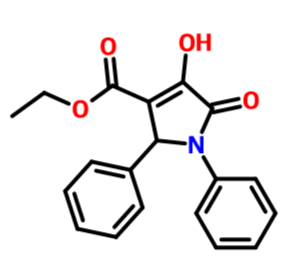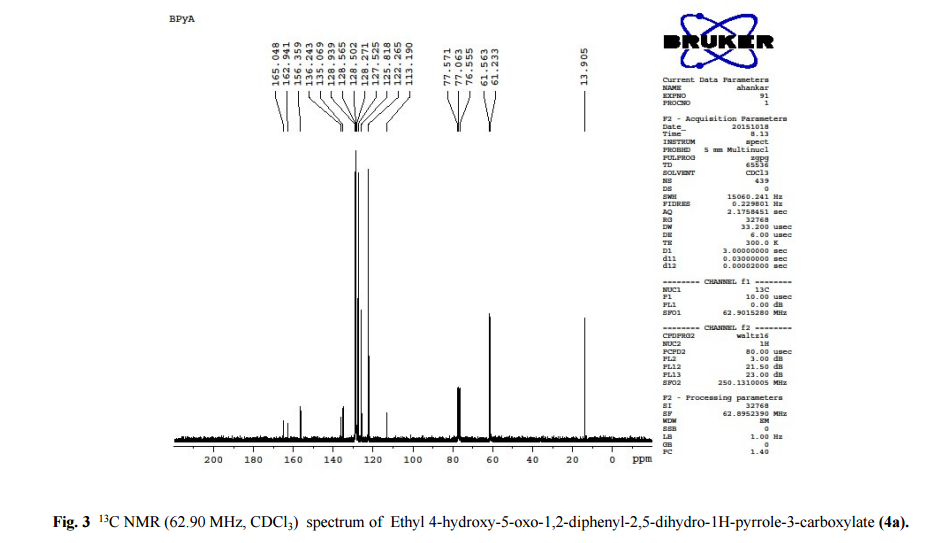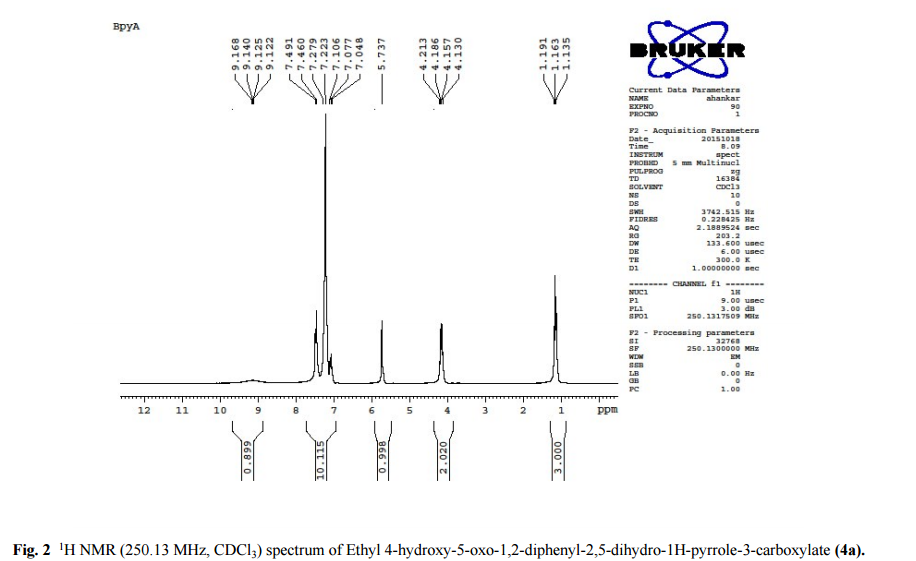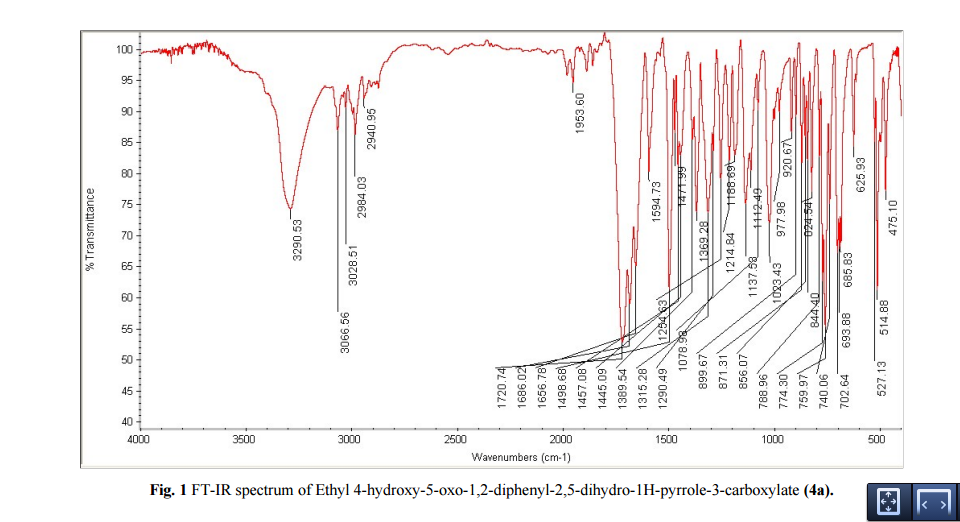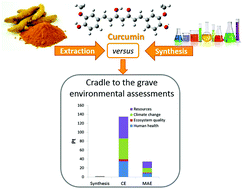
 +91- 999-997-2051
+91- 999-997-2051bpk@synthesiswithcatalysts.com
Axay Parmar

shr@synthesiswithcatalysts.com, ba@synthesiswithcatalysts.com
Synthesis with Catalysts Pvt Ltd was founded with an aim to help aromatic chemical, essential oil, pharmaceutical, API manufacturers to develop new products, increase productivity and improve production methodologies.
We have an advanced research and development centre where we innovate new chemical processes and improve the existing ones and help our customers implement the same. We support our research with pilot production of the products.
We are also developing precious metal complexes, Catalysts, Legends etc.
We are continuously working to reset standards of purity with our products.
The team at Synthesis with Catalysts Pvt Ltd has an vast experience and well renowned scientists of India have found it suitable to continue their Research in our facilities. The team with Synthesis with Catalysts Pvt Ltd has presented countless number of research papers all across the world.
We have a world class lab with all advance analytical testing machines.
RESEARCH & DEVELOPMENT
Synthesis with Catalysts Pvt Ltd.’s strength lies in its state-of- the-art infrastructure and R&D capabilities. Innovative process development is the foundation of SWC’s success. Our team of highly qualified R&D experts in process of research and technology development work 24 hours for inventing new processes and Optimizing product development capabilities. Our main focus is developing innovative processes, which could help our partners in reducing their costs and production time. Our Scientists constantly work for cost-effective ways of developing products, ensuring better service for our clients.
///////////synthesis, catalysts, axay parmar, Synthesis with Catalysts Pvt Ltd













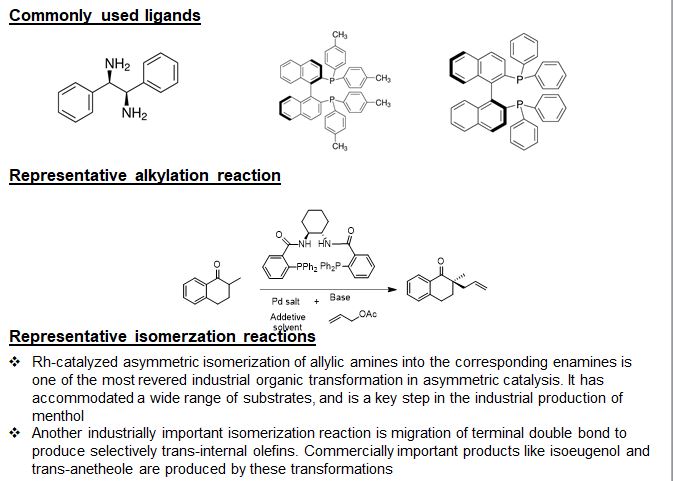

 info@synthesiswithcatalysts.com
info@synthesiswithcatalysts.com

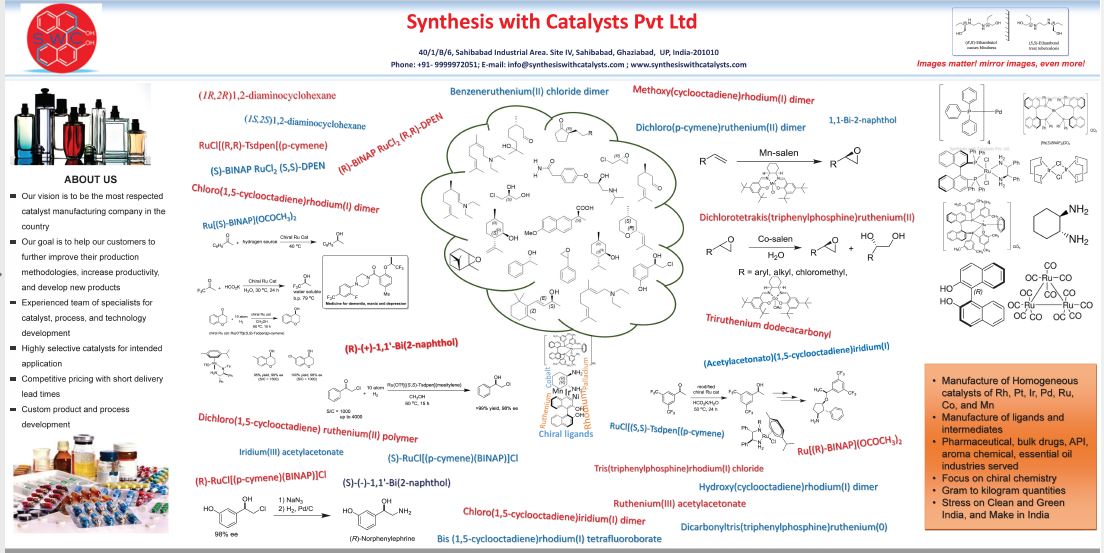

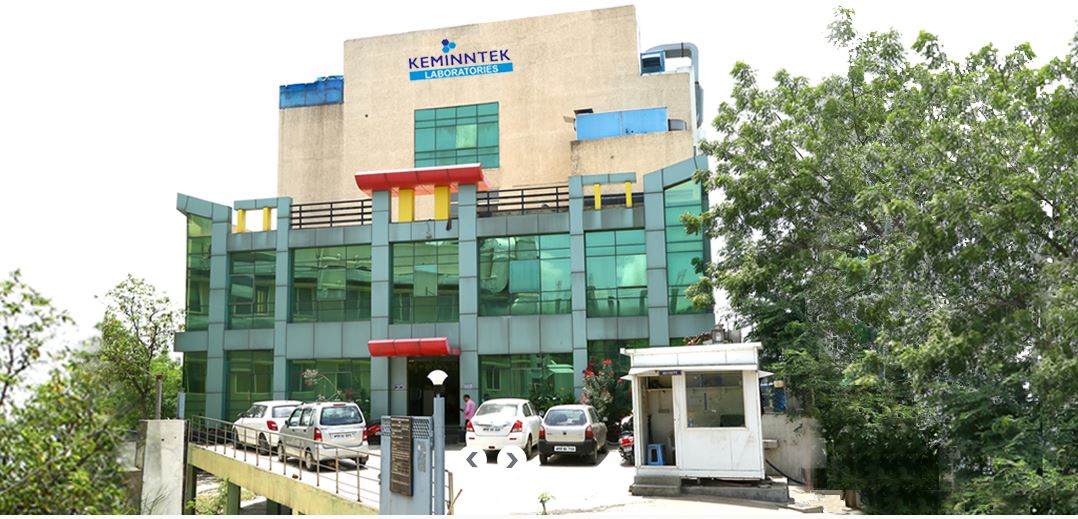
 The presentation will load below
The presentation will load below





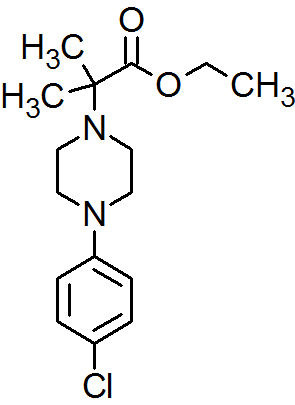
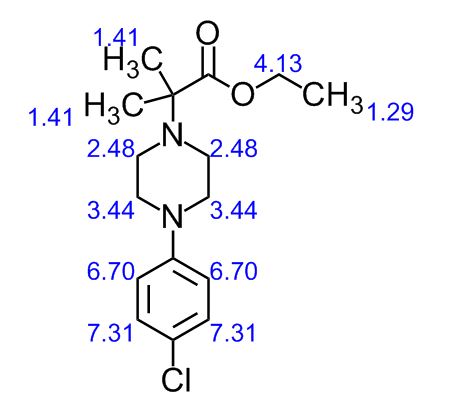


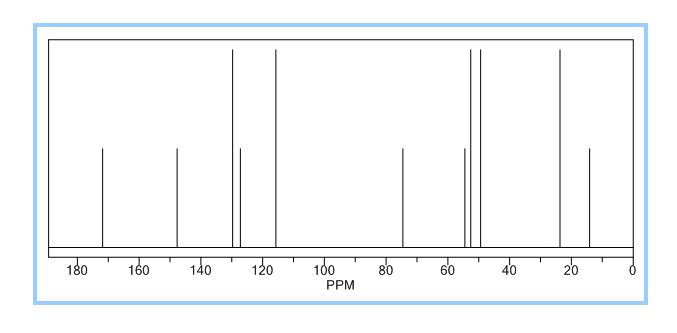
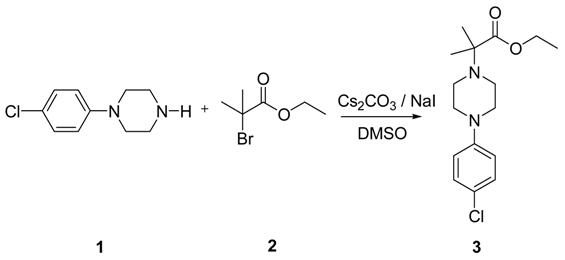


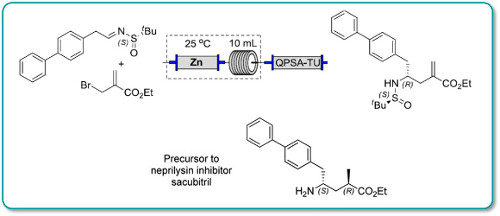


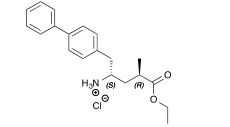
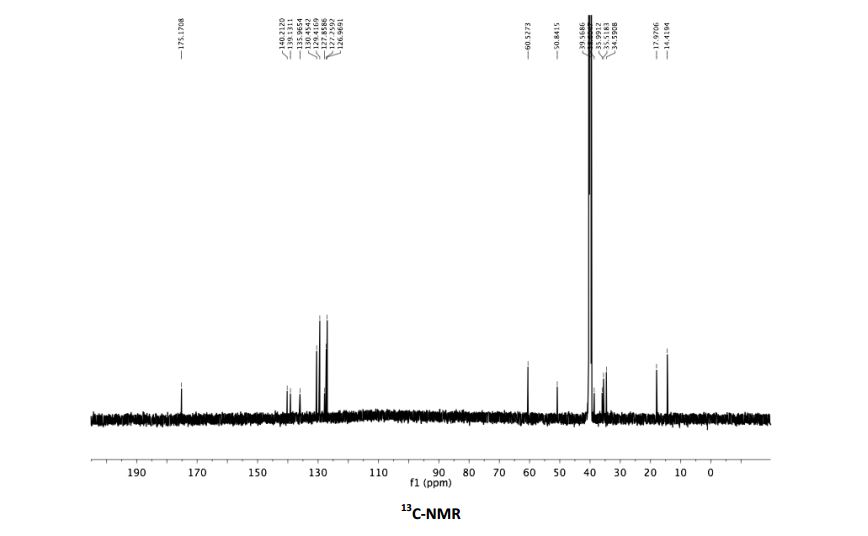
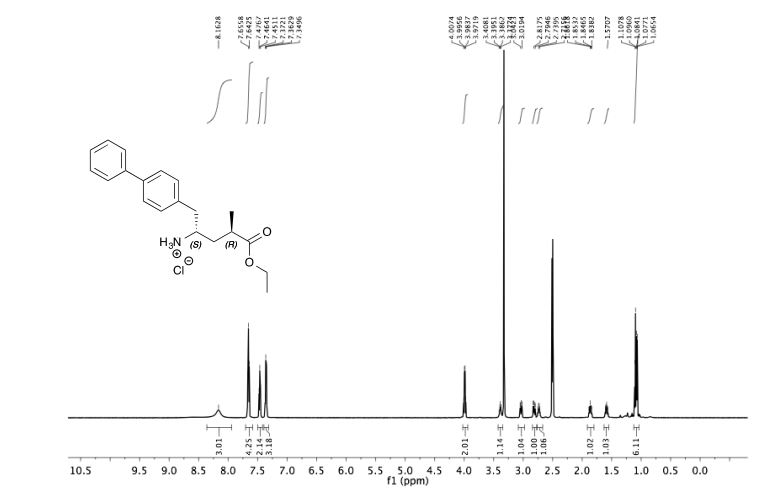
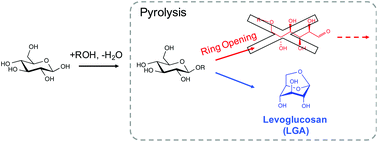




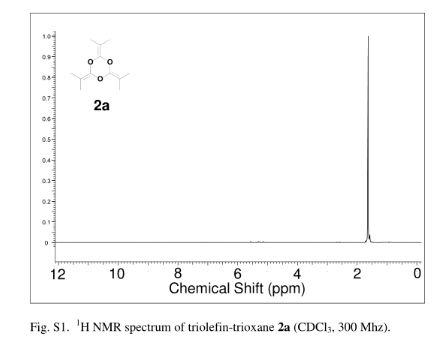





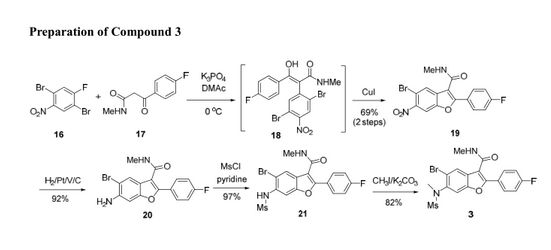
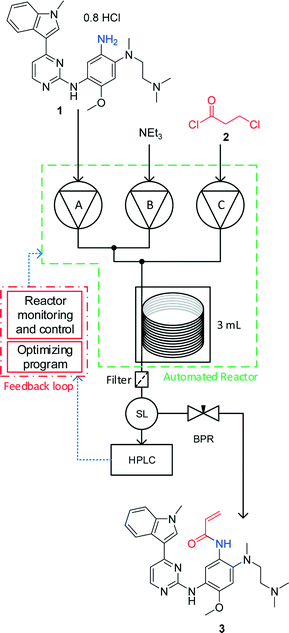
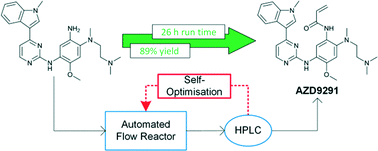
 Open Access
Open Access
